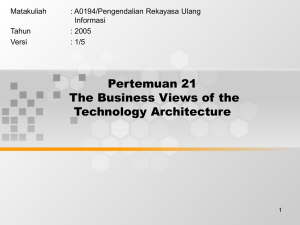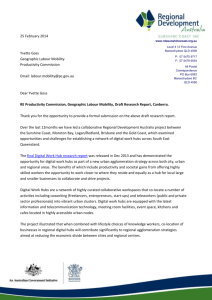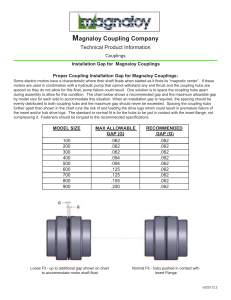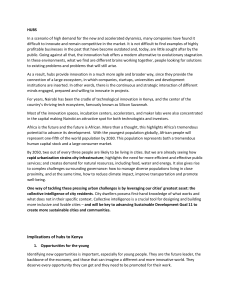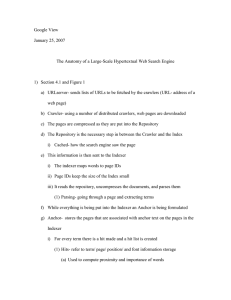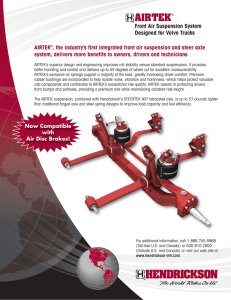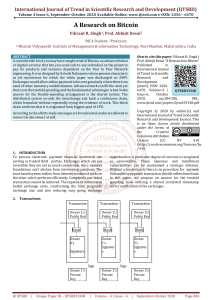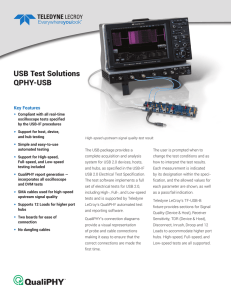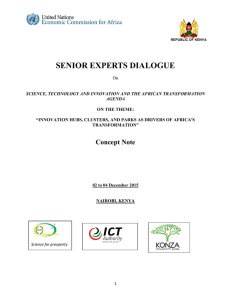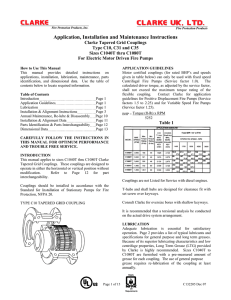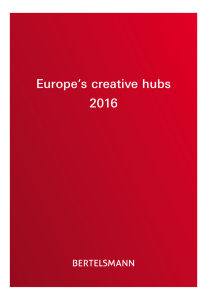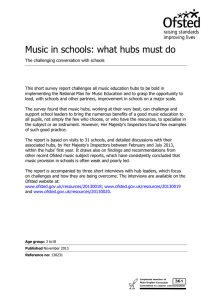Pertemuan 19 The Business Views of the Technology Architecture Matakuliah
advertisement
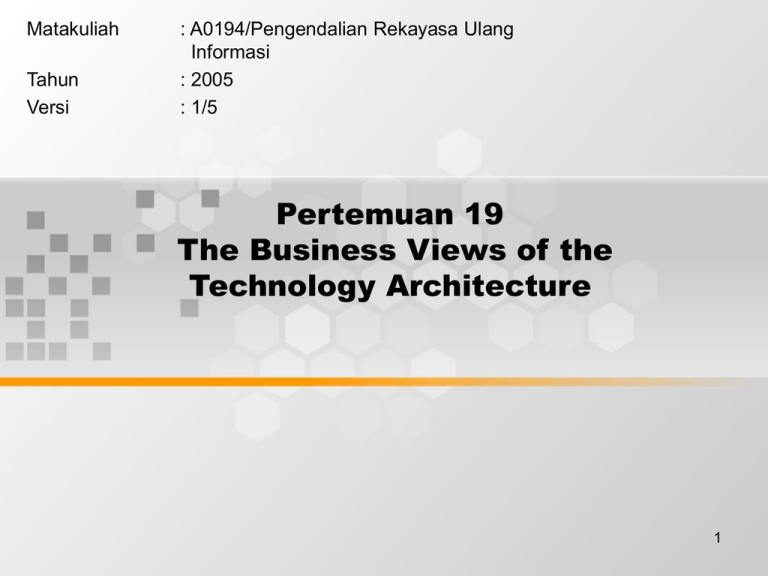
Matakuliah Tahun Versi : A0194/Pengendalian Rekayasa Ulang Informasi : 2005 : 1/5 Pertemuan 19 The Business Views of the Technology Architecture 1 Learning Outcomes Pada akhir pertemuan ini, diharapkan mahasiswa akan mampu : • Menjelaskan the business view of the technology architecture • Menunjukkan kebutuhan kontrol pada the business view of the technology architecture 2 Outline Materi • Architecture Complication in Large Companies • The Other Alternative to Integrate across Information System • Additional Significant Benefits of Enterprise Data Hubs 3 The business views of the architecture define a suite of information systems that meets all of the data and process needs in the enterprise. Once we’ve established the boundaries for these information systems in the business view of the architecture, they can be delegated to development teams who can design or purchase information systems with reasonable autonomy. This is how you control the overall architecture without requiring central development. 4 However, so far we have identified only which information systems should create each data class. 5 Ballpark View Data Process Technology Owner’s View Data Process Technology Designer’s View Data Process Technology Builder’s View Data Process Technology Detailed Representation Data Process Technology Functioning System Data Process Technology Figure 7-0 Business Views of the Technology Architecture 6 Data and processes within information system boundaries can be considered tightly coupled. Data and processes between information systems can be considered loosely coupled. There is some guidance we can give to the technology community about how to loosely couple information systems together so that they can access each other’s data without re-creating the spaghetti architecture we have to do. 7 The classification process that we went through to find our information system boundaries reduced the number of linkages we will need between information systems. However, that number is not zero. For example, one or more of the applications within our order acquisition information system will need access to prospect data that we have determined is created within the target marketing information system. It is also likely that somehow the orders from the order acquisition system need to be scheduled against planned inventory or finished goods inventory, which is most likely created in the production or manufacturing information system. 8 Architecture Complication in Large Companies • Formula for direct connection (n2 –n)/ 2 . – n starts out pretty small – n gets bigger – n gets even bigger 9 The Other Alternative to Integrate across Information System • Information System Connectivity In the legacy environment, information system are connected together directly in one of two ways. 1. One information system to send a copy of data to another information system, which then process it and returns an updated copy of the data back to the sending information system. 2. Information systems directly connected to have one information system gain direct access data in the other system so it can process it. 10 The Other Alternative to Integrate across Information System This approach usually employs remote procedure calls (RPC) or remote function call (RFC) technology. 11 Additional Significant Benefits of Enterprise Data Hubs • Data hubs decouple information systems from each other, allowing easier replacement of legacy systems or their replacement at some point. • Data hubs allow easy integration of thirdparty software packages because of this decoupling. 12 Additional Significant Benefits of Enterprise Data Hubs • Data hubs provide one-stop shopping for integrated data for additional applications that haven’t yet been thought of, such as decision support applications and data warehouses. 13 The End 14
